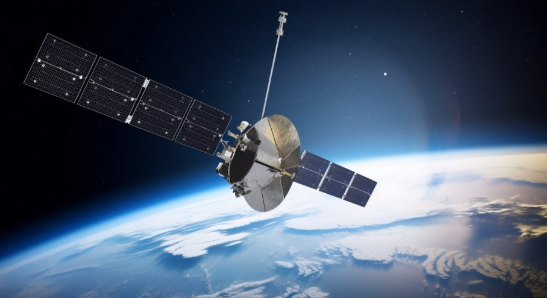The Future of Satellite Technology: Advancements and Applications
Satellite technology has come a long way since the launch of the first artificial satellite, Sputnik 1, in 1957. Today, satellites are an integral part of our daily lives, providing essential services like telecommunications, navigation, and Earth observation. In this article, we will discuss the future of satellite technology, including advancements and applications.
- Smaller Satellites
One of the major trends in satellite technology is the development of smaller, more affordable satellites. CubeSats, for example, are small, cube-shaped satellites that are only a few inches in size. These satellites can be launched in large numbers and are ideal for low-cost research and technology demonstrations. As technology advances, we can expect to see even smaller satellites with even more advanced capabilities. - High-Speed Internet
Satellite technology is also playing a crucial role in providing high-speed internet to remote and underserved areas. Companies like SpaceX and OneWeb are working on constellations of low Earth orbit (LEO) satellites that can provide broadband internet to even the most remote areas of the planet. This technology has the potential to revolutionize internet access and bridge the digital divide. - Earth Observation
Satellites are also critical for Earth observation, providing valuable data on weather patterns, natural disasters, and environmental changes. Advances in satellite technology are making it possible to capture even more detailed and accurate data, enabling us to better understand and monitor our planet. - Space Exploration
Satellites will also play an increasingly important role in space exploration. From providing communication links between Earth and deep space missions to monitoring the health and safety of astronauts, satellites will be a critical component of future space missions. - Defense and National Security
Satellite technology is also critical for defense and national security. Satellites are used for intelligence gathering, early warning systems, and communication links between military forces. As the threat landscape evolves, we can expect to see even more advanced and secure satellite technology being developed.
In conclusion, the future of satellite technology is bright, with advancements in smaller satellites, high-speed internet, Earth observation, space exploration, and defense and national security. As technology continues to advance, we can expect to see even more innovative applications of satellite technology, transforming the way we live, work, and explore the world.


Post a Comment for "The Future of Satellite Technology: Advancements and Applications"